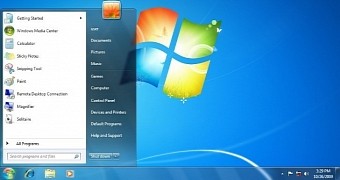It’s not a secret that Microsoft wants to see Windows 7 gone and everyone using Windows 10, but at least theoretically, the company can’t do anything about this until January 2020 when support for the 2009 operating system officially comes to an end.
But according to a new report from Woody Leonhard on CW, some older PCs might no longer be able to install updates and security fixes on Windows 7 due to a quiet policy change.
Windows 7 devices not supporting SSE2 have allegedly been blocked from getting new updates, and the linked source claims that any Pentium III configuration is affected.
It all started with the March Windows 7 Monthly Rollup listed as KB4088875 and which came with a known issue impacting devices that did not support Streaming Single Instructions Multiple Data (SIMD) Extensions 2 (SSE2).
Meltdown and Spectre, maybe?
Despite Microsoft promising a fix every month since then, the June 2018 Monthly Rollup introduced a new policy that requires users to “upgrade your machines with a processor that supports SSE2 or virtualize those machines.”
By the looks of things, Microsoft has given up on trying to address the bug originally introduced by the March update and is now requiring users to upgrade their systems to newer hardware in order to avoid having to deal with the glitch. Those who do not get new hardware would no longer receive updates, it seems, even though support for Windows 7 is technically projected to end in 2020.
At this point, there’s a chance that this new policy has been introduced because of the Meltdown and Spectre vulnerabilities affecting Intel chips, though the lack of information makes some people believe that what Microsoft is trying to do is force more users to upgrade to Windows 10.
We’ve reached out to Microsoft for more information on this new policy and find out if old Intel PCs are indeed blocked from getting new patches, and we’ll update the article when we receive an answer.

 14 DAY TRIAL //
14 DAY TRIAL //